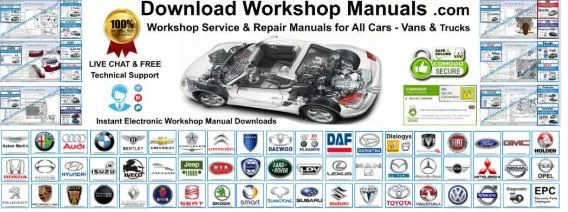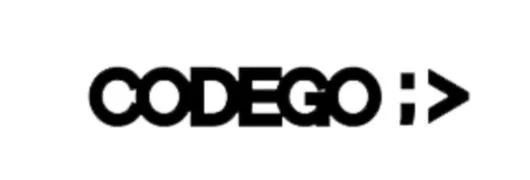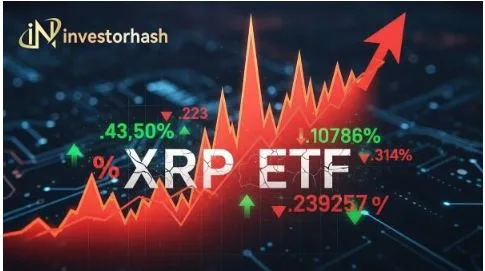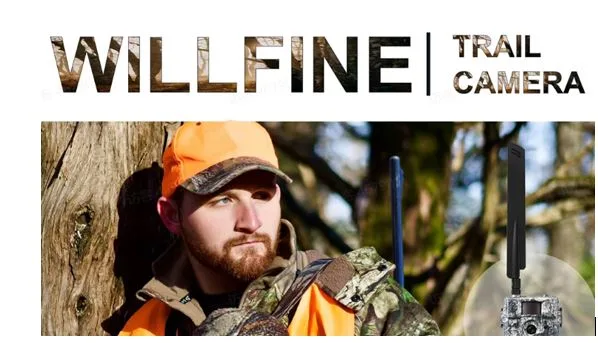How to Choose the Best Packaging Solution for Your Product Line
Choosing the right packaging solution is more than just picking a box or a bag — it’s about aligning your packaging with your product’s needs, your brand’s identity, and your customer’s expectations. The best packaging serves multiple purposes: it protects the product, enhances its visual appeal, supports logistics, and reinforces brand value. Whether you’re launching a new product line or upgrading an existing one, finding the ideal packaging requires a strategic approach.
Understand Your Product’s Needs
The first step is evaluating the product itself. Is it fragile, perishable, oddly shaped, or temperature-sensitive? Each of these characteristics plays a role in determining what type of packaging supplies is most suitable. For example, a delicate item may require cushioned inserts or rigid containers, while food products need packaging that meets hygiene and preservation standards.
The size and weight of your product are equally important. Oversized packaging may protect the product but will increase shipping costs, while packaging that’s too small might cause damage during transit. The goal is to find a balance between protection and efficiency.
Define Your Brand Identity
Your packaging is often the first physical touchpoint a customer has with your brand. It’s an opportunity to leave a memorable impression. Think about how you want your product to be perceived. Is your brand eco-conscious, luxurious, minimalistic, or playful? The materials, colors, typography, and overall design of your packaging should reflect your brand’s personality.
It’s also important that all of your products are the same. Different products may need different structural parts, but the overall look should be the same. This includes the placing of the logo, the colors used, and the style. This helps your users have a consistent experience with your brand.
Consider Your Target Market
Different customers have different expectations. High-end consumers might expect elegant, premium packaging, while environmentally-conscious buyers might prioritize recyclable or compostable materials. If your product is aimed at children, vibrant colors and fun illustrations might be essential.
Market research can be a valuable tool here. Gather feedback from potential customers on what types of packaging appeal to them. This ensures you’re not just choosing packaging that looks good to you, but one that resonates with your audience.
Evaluate Environmental Impact
Sustainability has become a major concern for both consumers and manufacturers. More brands are switching to recyclable, biodegradable, or reusable packaging to reduce their carbon footprint. Take into account the whole lifecycle of a package solution, from where the raw materials come from to how they are thrown away when they are no longer useful.
Check with suppliers to see if they have eco-friendly choices and certifications. Packaging that comes from a responsible source and is easy to recycle makes your goods more valuable to people who care about the environment.
Focus on Functionality
Great packaging is not only attractive but functional. It should be easy to open, reseal (if needed), store, and dispose of. Poor functionality can frustrate customers and diminish the overall product experience. For example, if a resealable bag doesn’t actually seal well, it could damage your reputation, no matter how good the product inside is.
Think also about how the packaging performs in logistics: Will it survive long shipping distances? Is it stackable for easier storage? Functional packaging reduces product returns, protects inventory, and improves customer satisfaction.
Work with a Trusted Supplier
Once you’ve narrowed down your packaging needs, partner with a packaging provider who understands your vision and can offer tailored recommendations, find suppliers that have a lot of different packaging products so that you can get a lot of different types of materials and formats in one place.
A good packaging supplier should also help you test prototypes, offer flexible order quantities, and guide you through regulatory requirements if you’re in a heavily regulated industry like food or pharmaceuticals.
Final Thoughts
The best way to package something is one that balances cost, form, and function. You can improve the overall product experience and strengthen your marketplace by making sure that your packaging strategy fits the needs of your product, your brand’s message, and your customers’ tastes. Packaging is an important part of the success of your goods, so don’t forget about it.




